Australia, like any large continent, possesses a great diversity of landforms and vegetation types. During our explorations in this country, Vilis and I have learned to recognize broad vegetation categories – dry tropics savannah, with its scattered gums and grassy understory; wet tropics rainforest cluttered with ensnaring vines and groundcover palms; coastal heathland thick with low-growing, densely twigged shrubs; temperate rainforest comprised of some of the earth’s tallest trees; spinifex grassland in barren, rocky desert, and so on. The more we travelled, the more we noticed differences within these broad vegetation categories; for example, the warm, lowland wet tropics rainforest near Mission Beach has a completely different character to that of Paluma’s cool, upland wet tropics rainforest. As well, the vast expanses of savannah woodland through which we drove en route to the Northern Territory constantly changed in composition and character, and although I recognized only a few of the gum species, I was fascinated by the many permutations of tree shape and leaf and trunk colour. The desert vegetation surrounding Alice Springs featured mulga woodlands and spinifex grasslands again subtly different in character from those Vilis and Janis observed in Western Australia.
In addition to vegetation types that covered extensive land areas, we’ve also encountered those occurring in much more restricted areas corresponding to particular environmental conditions. These included spagnum bogs, upland moors, and pockets of moss-covered beech in Tasmania; vine thickets (a type of dry rainforest) in rocky crevices on peaks near Townsville, coastal mangrove forests and freshwater wetlands in Queensland, and relic cycads growing in shaded red-rock gorges near Alice Springs.
Today’s post is a photo collection of some of Australia’s various vegetation types, which, to a Canadian, have been most intriguing. As our son Janis said on his arrival in Townsville in late April, when his head swivelled back and forth while he took in his surroundings, “This is quite a change in vegetation.” So it has been. Here’s a look.

Savannah on Mount Stuart, Townsville, in the Wet (© Magi Nams)
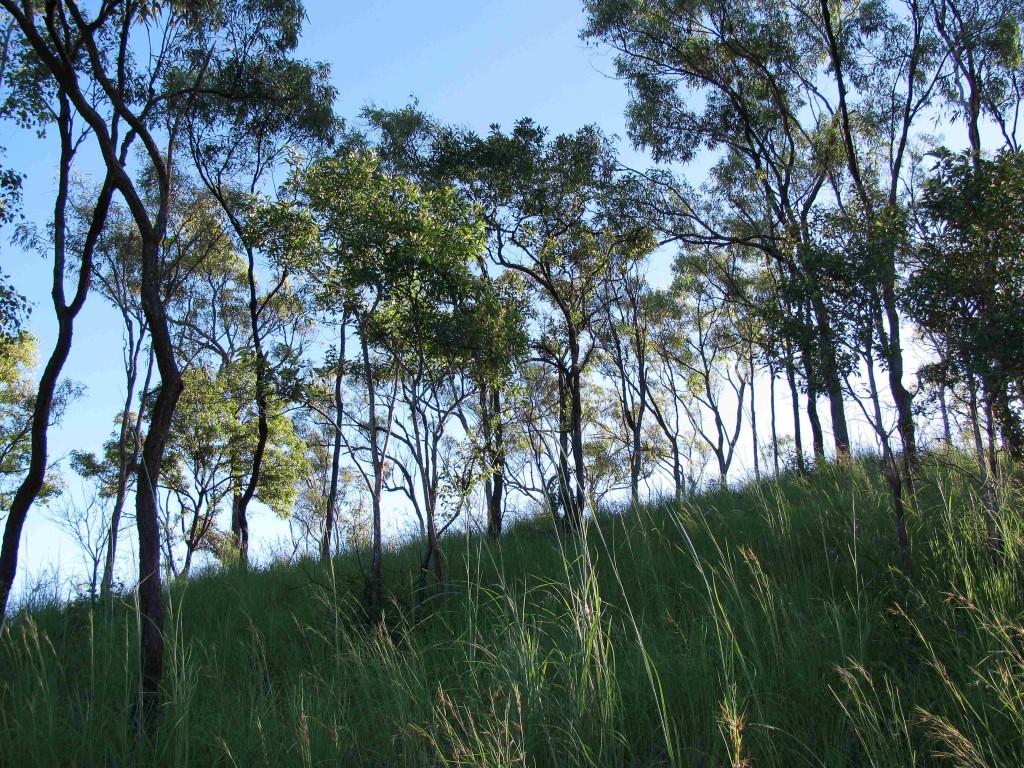
Savannah on Mount Louisa, Townsville (© Vilis Nams)
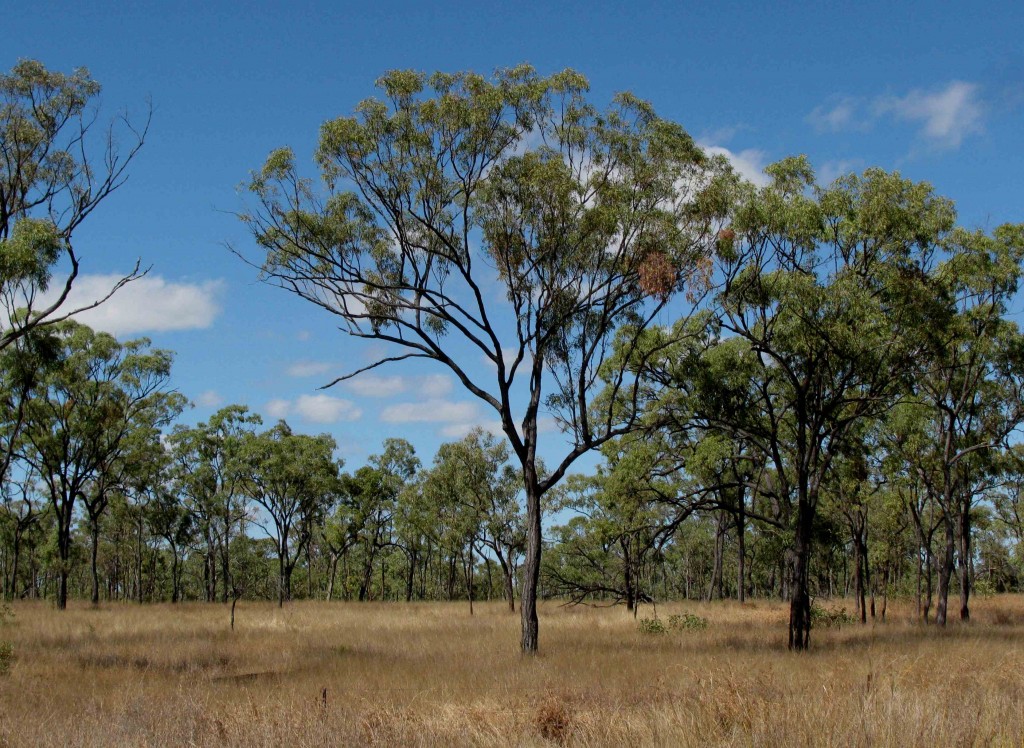
Savannah en route to Undara Volcanic National Park, Queensland (© Magi Nams)
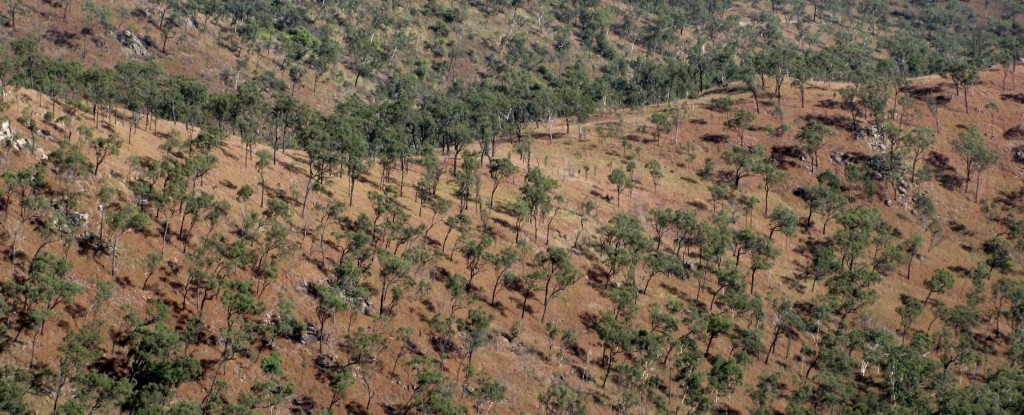
Savannah on Mount Stuart, Townsville, in the Dry (© Magi Nams)
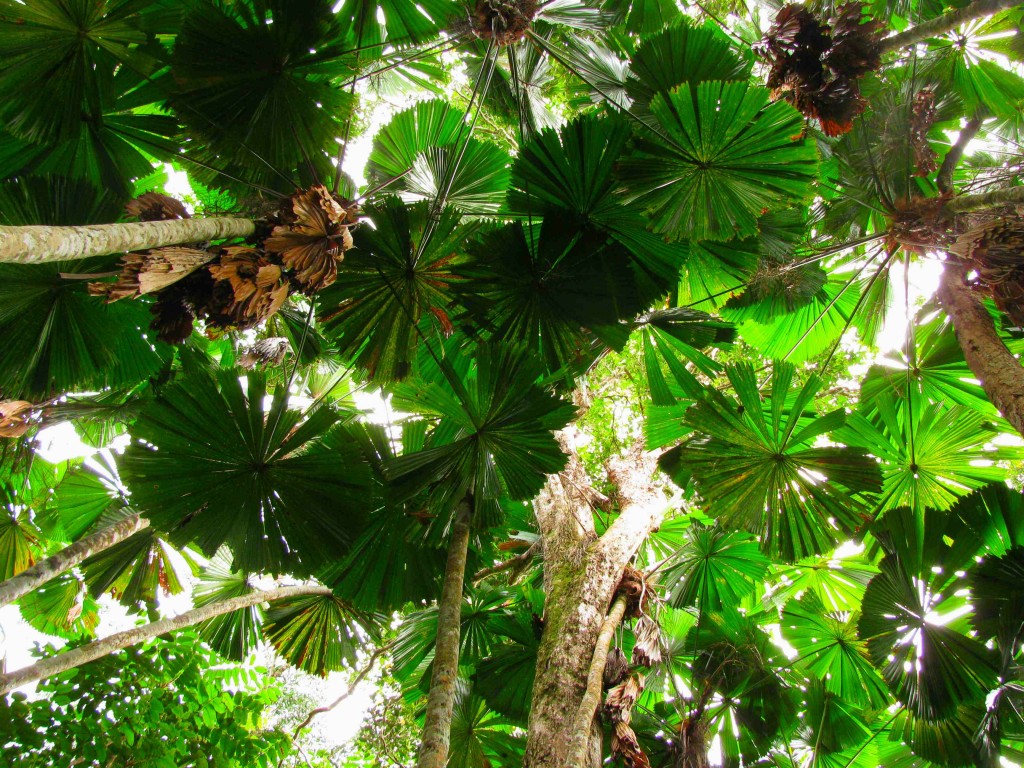
Licuala Palm Lowland Rainforest, Licuala State Forest Park, Queensland (© Magi Nams)
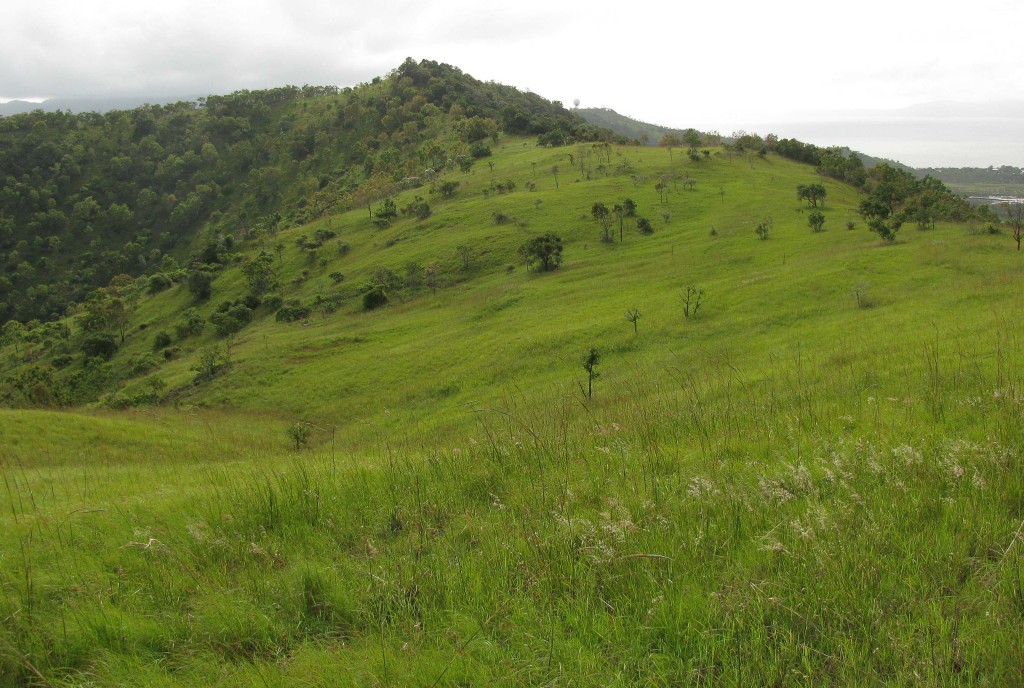
Upland Meadows, Many Peaks Range near Townsville (© Vilis Nams)

Vine Thicket, Alligator Falls Track, Bowling Green Bay National Park, Queensland (© Vilis Nams)
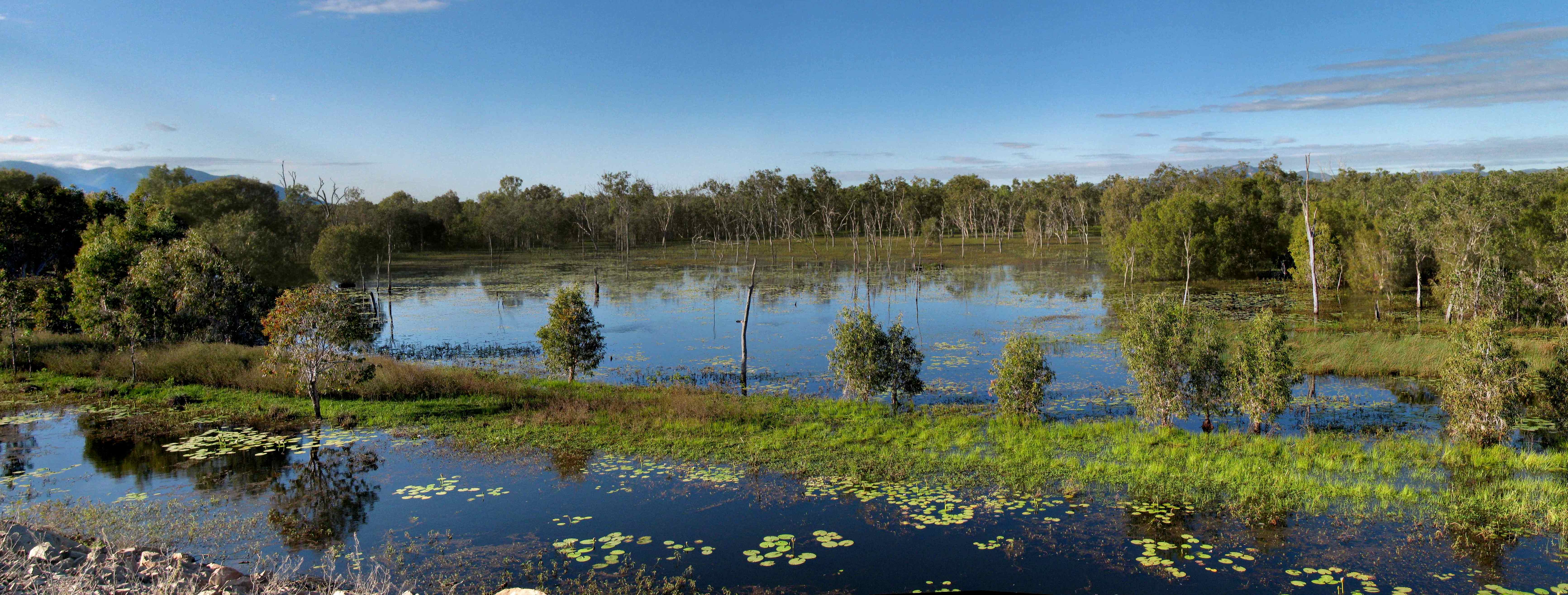
Ross River Dam wetland, Townsville (© Vilis Nams)
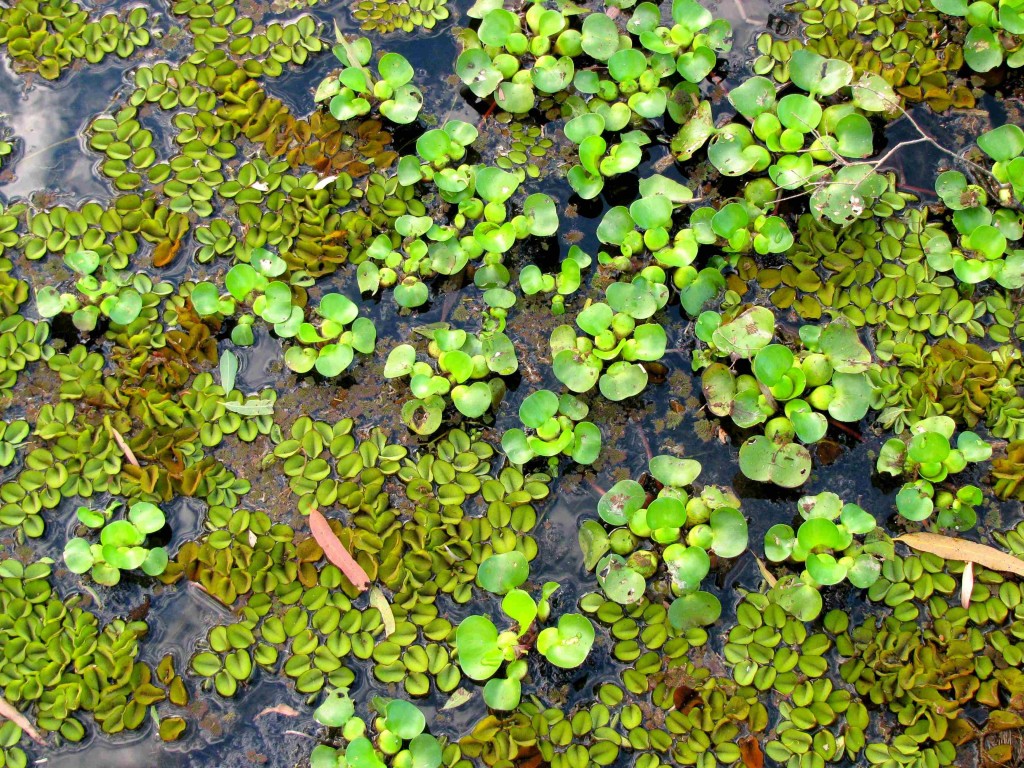
Wetland Plants at Ross River Dam (© Vilis Nams)

Lush Spinifex Grassland south of Alice Springs, Northern Territory (© Vilis Nams)

Spinifex on Ormiston Pound Walk, West MacDonnell National Park, Northern Territory (© Vilis Nams)
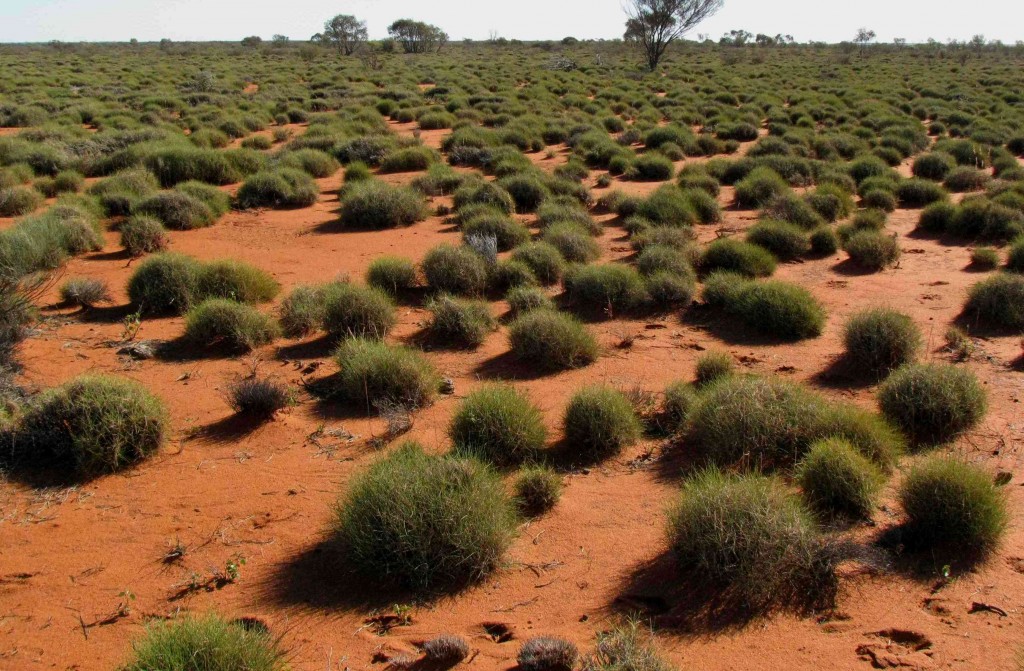
Spinifex in Western Australia Desert (© Vilis Nams)
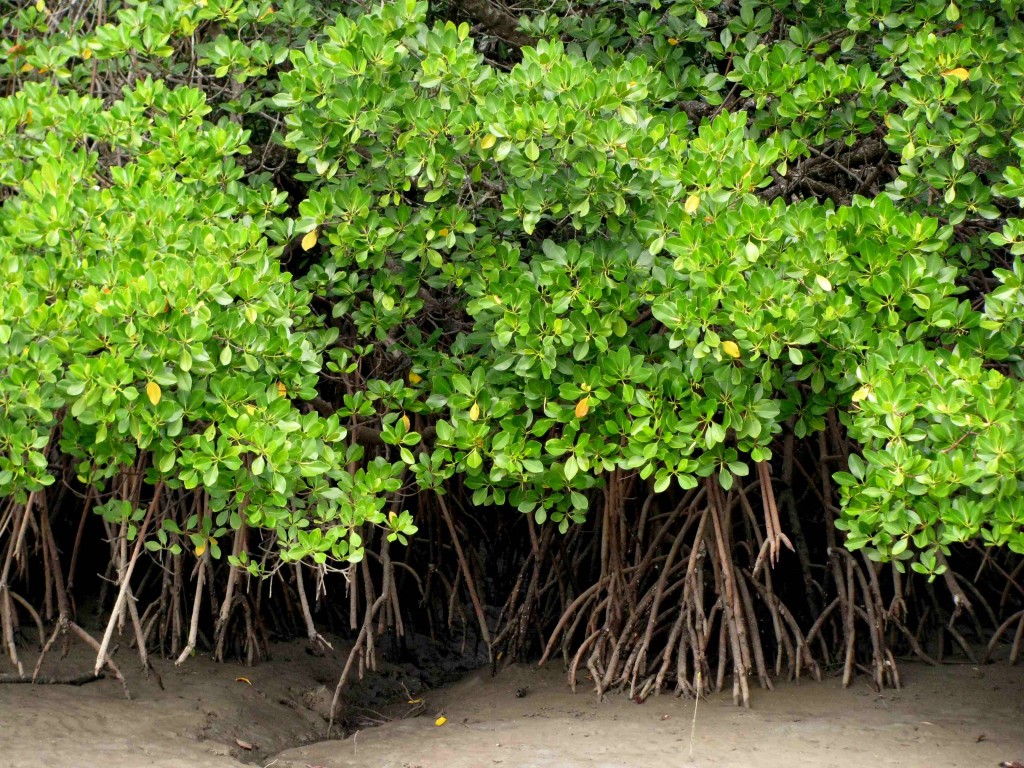
Mangroves, Zoe Bay, Hinchinbrook Island, Queensland (© Magi Nams)
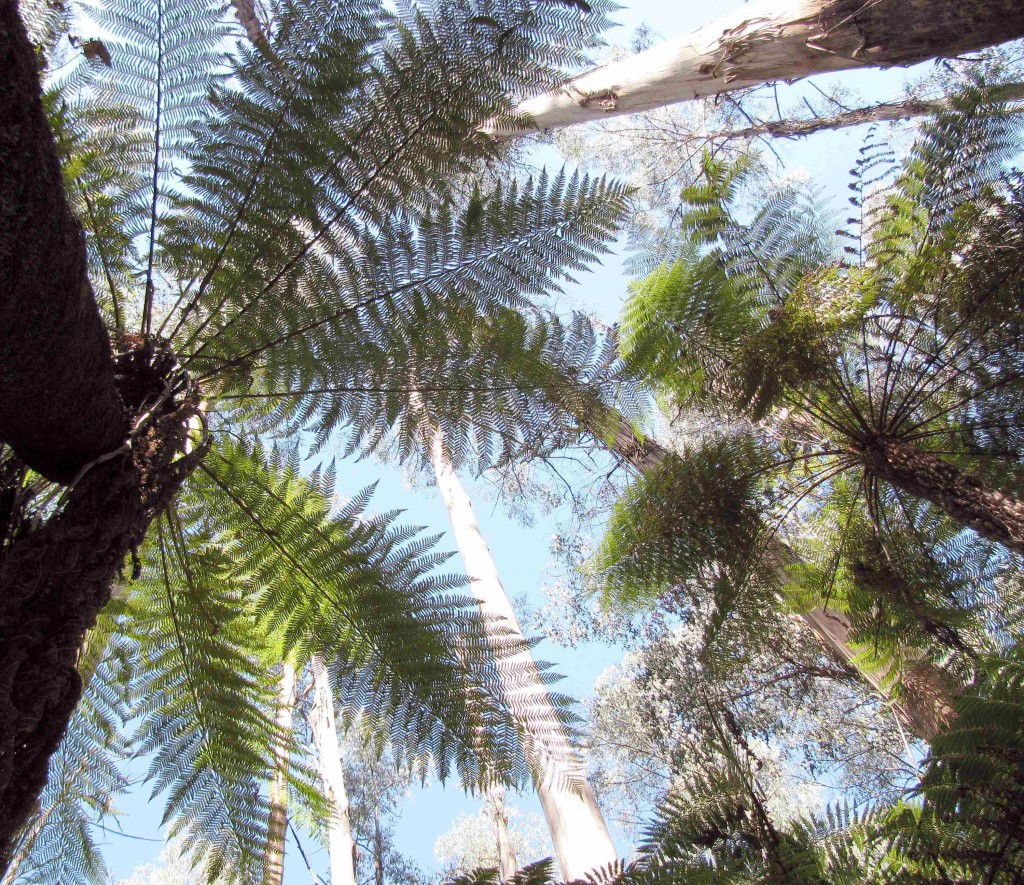
Tree Ferns in Mountain Ash Forest, Yarra Ranges National Park, Victoria (© Vilis Nams)
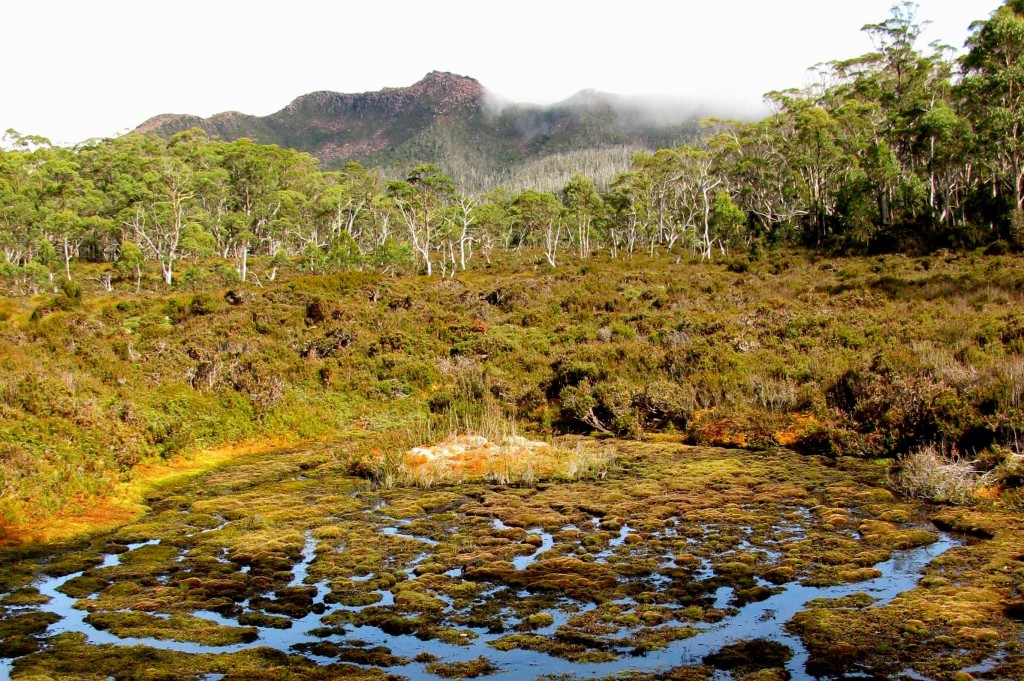
Sphagnum Bog, Shadow Lake Circuit, Lake St. Clair National Park, Tasmania (© Vilis Nams)
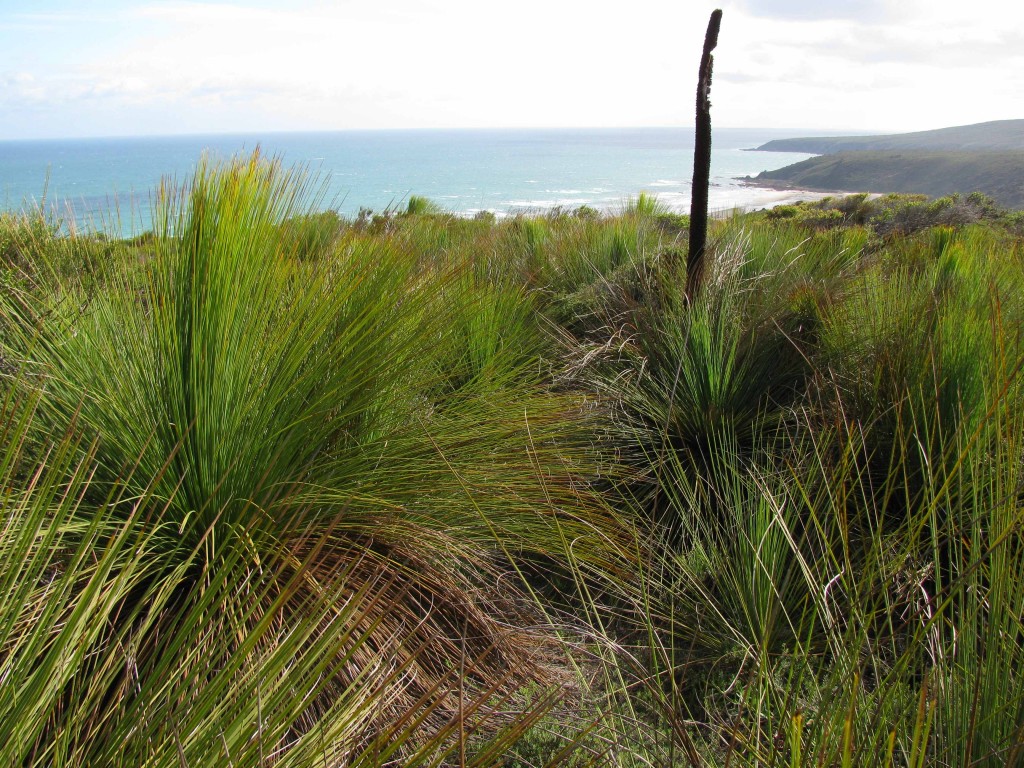
Grass-tree Moor, Archer’s Knob, Narawntapu National Park, Tasmania (© Vilis Nams)

Coastal Heath, Mango Bay, Tasmania (© Vilis Nams)
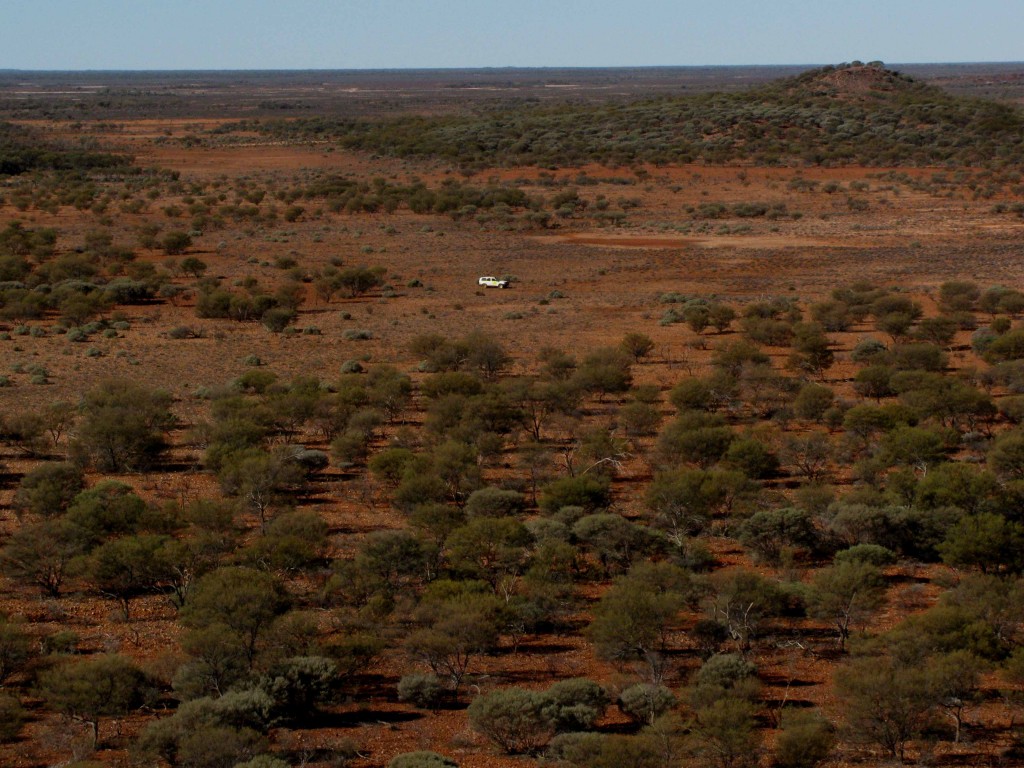
Mulga (Acacia) Woodland, Western Australia Desert (© Vilis Nams)
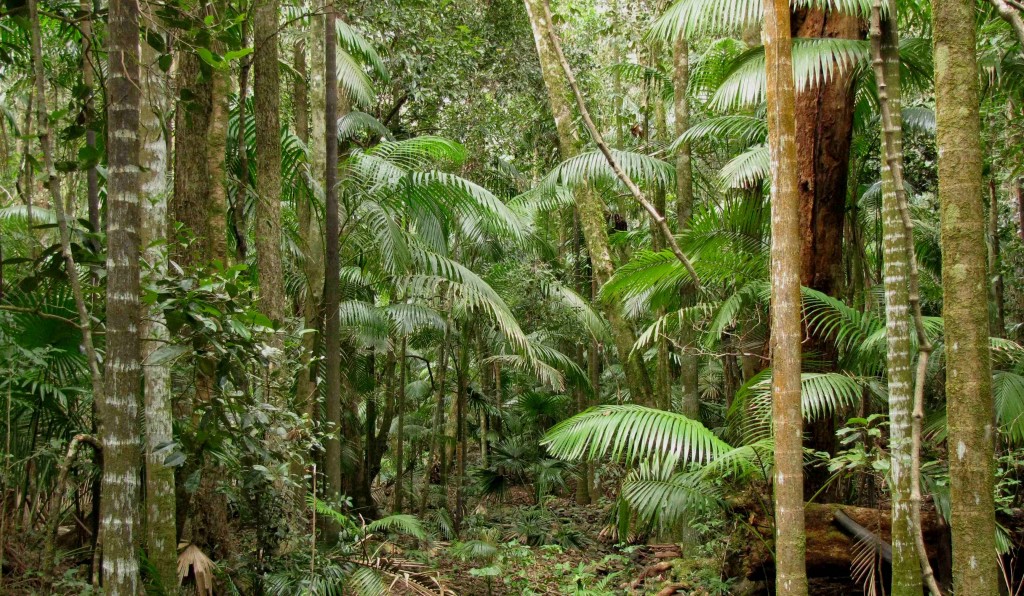
Tropical Rainforest, Eungella National Park, Queensland (© Vilis Nams)

Temperate Rainforest, West Coast Tasmania (© Magi Nams)
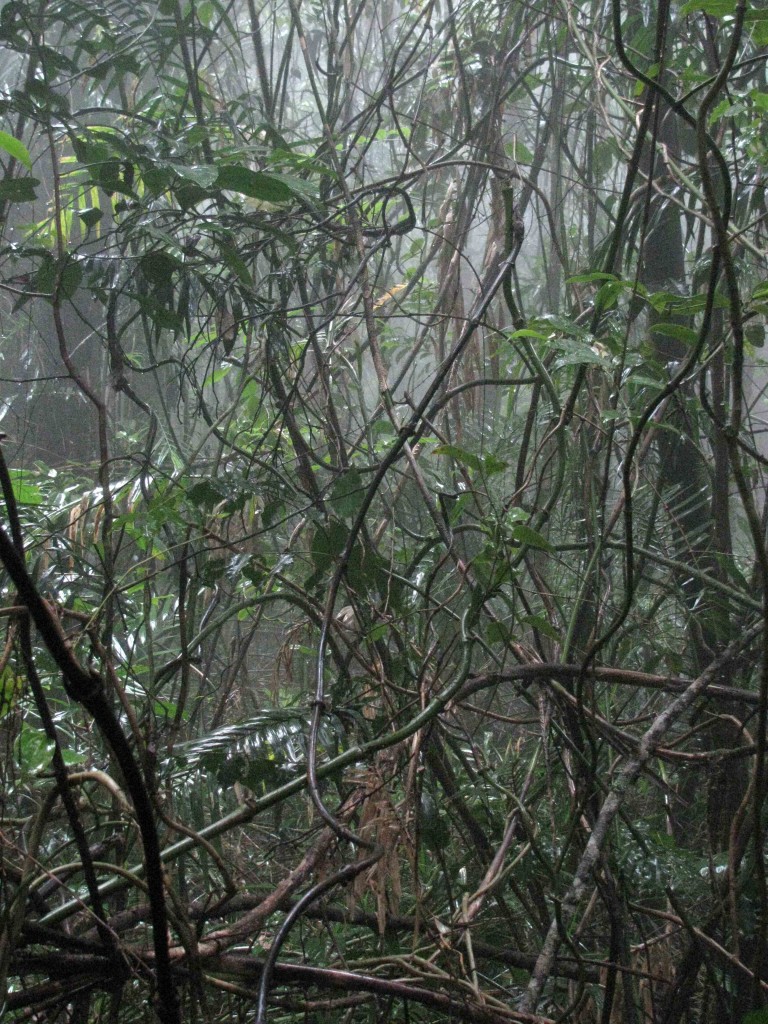
Upland Wet Tropics Rainforest, Paluma Range National Park, Queensland (© Vilis Nams)

Wet Tropics Upland Rainforest near Lake Paluma, Queensland (© Vilis Nams)


